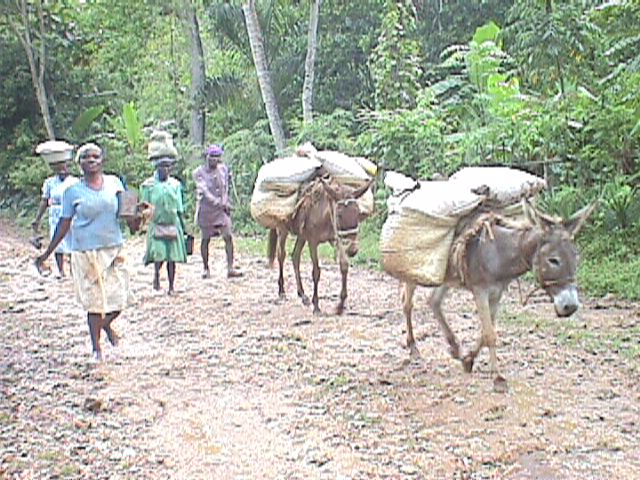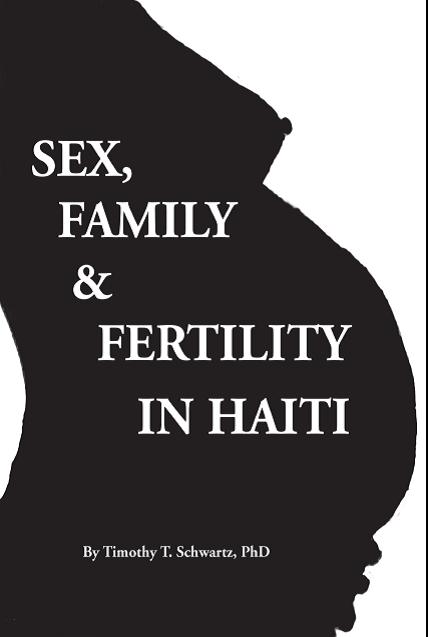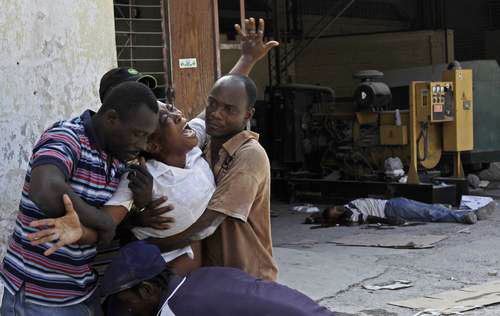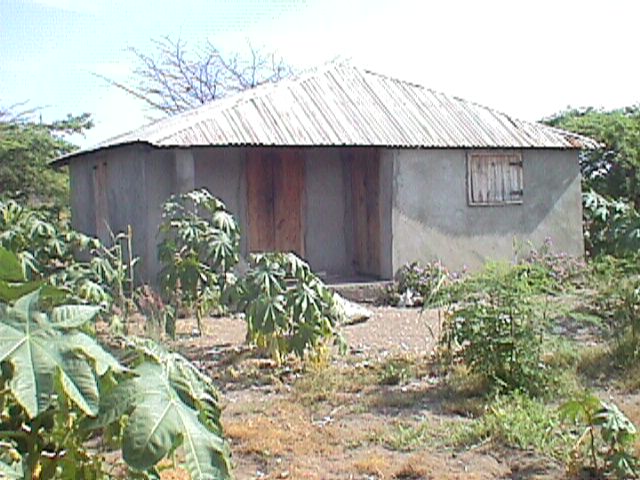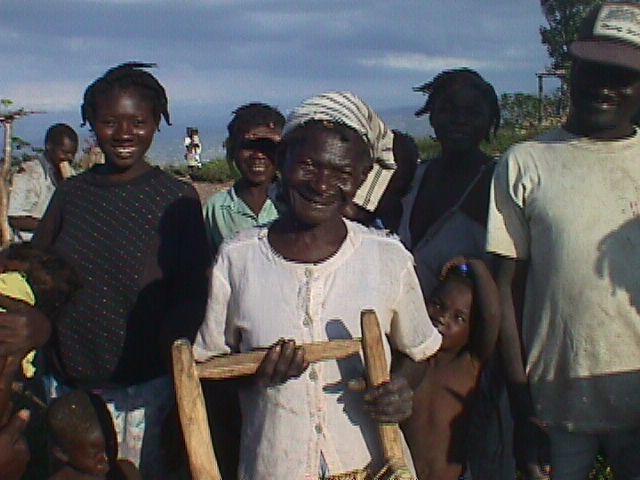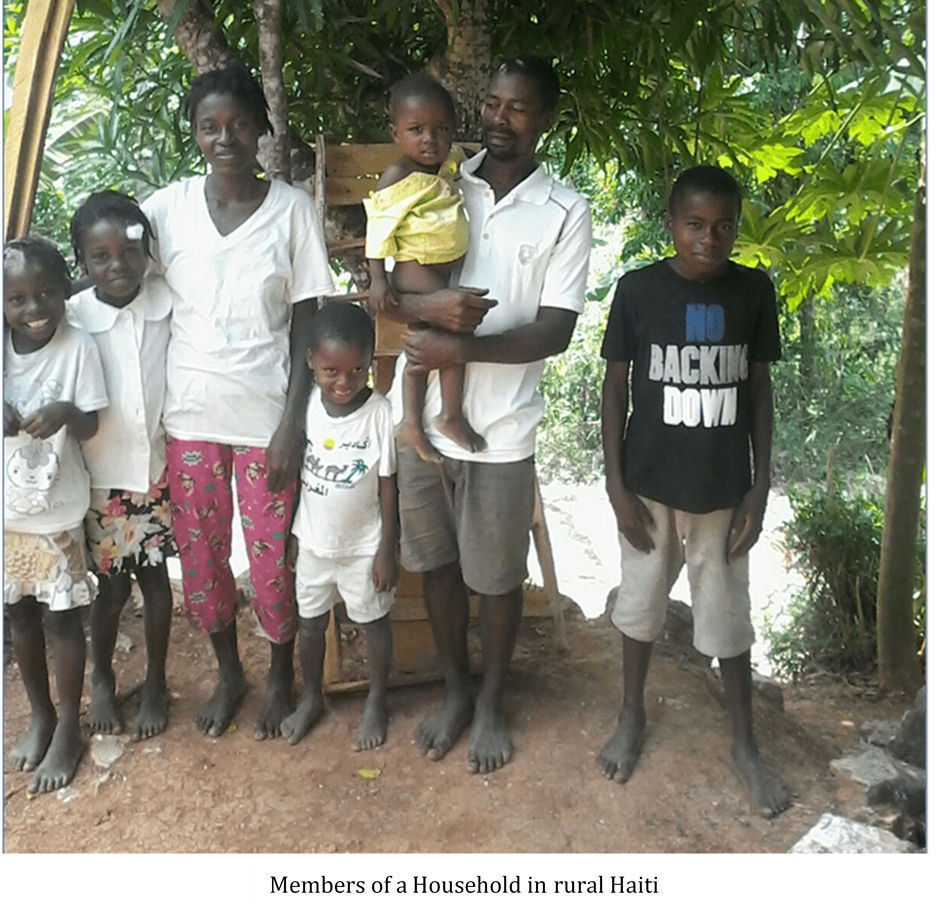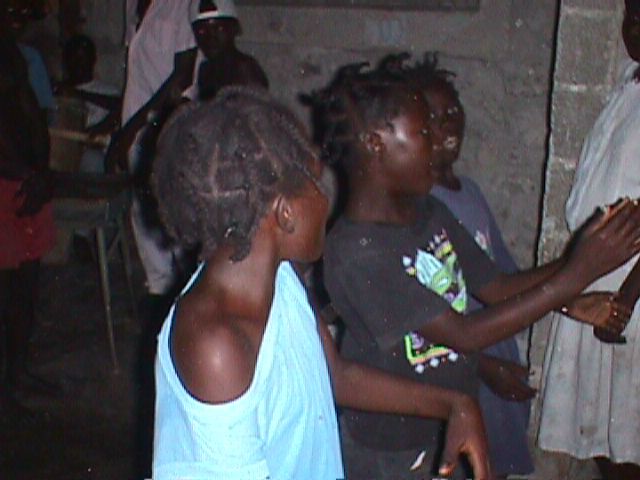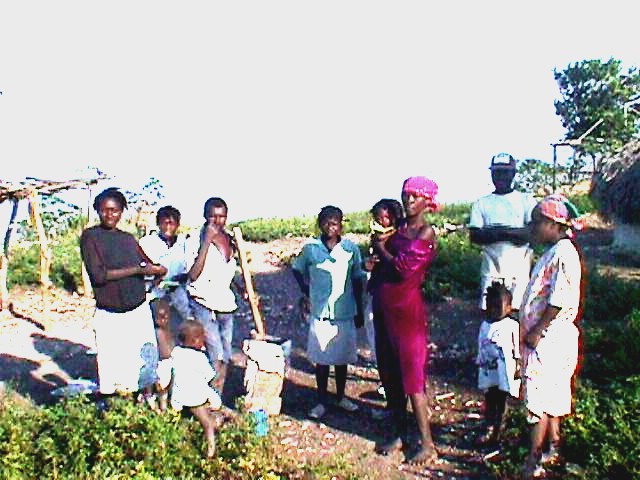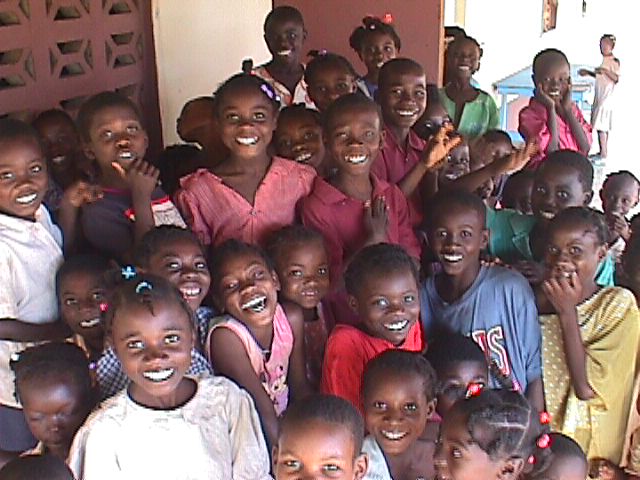NHADS SURVEY (Nutrition, Health, Agriculture and Demographic Survey, Jean Rabel, Haiti)
The survey for this report was conducted in 1997 in Commune of Jean Rabel which covers 467 km2 of territory and has an estimated population of 130,330 residents, 278 people per km2. The area is generally considered among the poorest in Haiti. Infrastructure in the form of a few roads and schools are in horrificRead More
Sex, Family and Fertility in Haiti
Reviews Rich, sophisticated, authentic, provocative, the work of a genuine anthropologist. (Robert Lawless, Wichita State University) Schwartz challenges prevailing wisdom in the field of demography with a strong set of data. He shows the relationship between marriage, family, fertility, agriculture, and emigration in rural Haiti. He relates beliefs with behavior and opportunities and strategies forRead More
Visual Fake News and the Absurdity of the Haiti Post-Earthquake Rape Epidemic
Cover Photo: This is an all too common abuse and/or misinterpretation of a photo from post earthquake Haiti. South Atlantic Press Agency, as well as MercoPress, used the AFP photo as an illustration (bait) for an article on gender violence in Haiti. You can find the original explanation for what happened here at an NBCRead More
Haiti Anthropology Brief: Importance of Housebuilding and Local Cost of Building a House in Rural Haiti
I have put this brief together with the post-earthquake housebuilding craze in mind. After the 2010 earthquake, international organizations did a lot of housebuilding in Haiti. Yet, there is a whole lot about the topic that seemingly no one at the time was interested in learning. And so here I want to get it downRead More
Violent Women in Haiti: Ethnographic and Survey Data
There is a great deal of concern in the NGO community about violence against Haitian women. Google ‘Haiti GBV’ and you’ll see that it’s a veritable rallying cry for feminine interventions and donations. It’s always good to help people, especially those who are victims of violence. But the vast majority of people seeking to helpRead More
Problems with Household as a Unit of Analysis in Haiti
This post deals with defining the concept of a “household” and a member of a household in Haiti. But before launching into an exploration of the problems with the household as a unit of analysis, some readers may be more interested in other topics regarding household studies in Haiti and can refer to these posts:Read More
The Sexual Moral Economy in Rural Haiti
Rural Haitian women assiduously negotiate sexual acquiescence to men and they do so with the goal of material gain. Ira Lowenthal (1984: 22) first described this behavior in detail when he reported that women in his research community referred to their genitals as intere-m (my assets), lajan-m (my money), or manmanlajan-m (my capital), in additionRead More
“Pronatal Sociocultural Fertility Complex” and “Sexual-Moral Economy”
Researchers working in Haiti have long noted that rural parents were extremely pronatal. Both men and women hoped to have large families with many children. Social scientists typically explained the trend with “love” and “prestige,” “absence of contraceptives,” and “tradition” (Herskovits 1937: 89); “the desire to live with reason, and to die with dignity” (Lowenthal 1987: 305);Read More
Explaining Caribbean Family Patterns
The anthropology of the Caribbean has been called “the battle ground for competing theories regarding family structure” (D’Amico-Samuels 1988: 785). Anthropologists were confounded by a distinct regional family structure, including late age at marriage, high rates of births to single women, matrifocality, child dispersal, de facto polygyny, serial monogamy, and severe beating of children. EarlyRead More
Fewer Men, More Babies: The Problem with the ‘Proximate and Intermediate Determinants of Fertility’ in the Caribbean
Here I want to show how Bongaarts and Potter’s (1983) “proximate and intermediate determinants of fertility” are inconsistent with ethnographic reality in the early and mid-20th century Caribbean. To do this I examine one of the great demographic mysteries of the Caribbean: the irony of increasing birth rates when fewer men were present, i.e., fewerRead More
